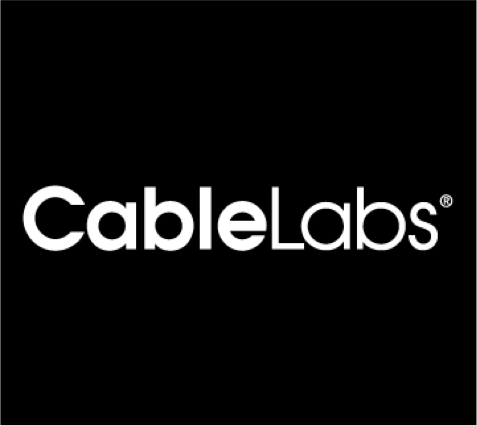CableLabs has just released the specification for Full Duplex DOCSIS. It was created by applying emerging techniques from wireless networks to achieve a breakthrough increase in DOCSIS upstream speeds.
Symmetrical Up/Down Capabilities
In Full Duplex communication, the upstream and downstream traffic concurrently use the same spectrum, doubling the efficiency of spectrum use.
Unlike FDD (Frequency Division Duplexing) where spectrum is split between the upstream and downstream (as in current DOCSIS networks), or Time Division Duplexing where spectrum is time shared between upstream and downstream traffic, full duplex communication enables upstream and downstream traffic to efficiently use the same spectrum at the same time.
10x the Upload Speeds Available Today
With full duplex technology, cable broadband operators will be able to dramatically increase upload speed capabilities for residential and business services consumers. New bandwidth intensive applications like Small Cell and latency dependant apps like fully Autonomous Vehicles are closer to reality.
The Evolution of DOCSIS
| DOCSIS 1.0 | DOCSIS 1.1 | DOCSIS 2.0 | DOCSIS 3.0 | DOCSIS 3.1 | FULL DUPLEX DOCSIS 3.1 |
|
| Highlights | Initial cable broadband technology | Added voice over IP service | Higher upstream speed | Greatly enhances capacity | Capacity and efficiency progression | Symmetrical streaming and increased upload speeds |
| Downstream Capacity | 40 Mbps | 40 Mbps | 40 Mbps | 1 Gbps | 10 Gbps | 10 Gbps |
| Upstream Capacity | 10 Mbps | 10 Mbps | 30 Mbps | 100 Mbps | 1-2 Gbps | 10 Gbps |
| Production Date | 1997 | 2001 | 2002 | 2006 | 2013 | 2017 |
Source: Courtesy of CableLabs, 2017
C-COR Can Answer Your Questions
Just call us for no obligation guidance on Full Duplex DOCSIS at +61 3 8542 0600.

